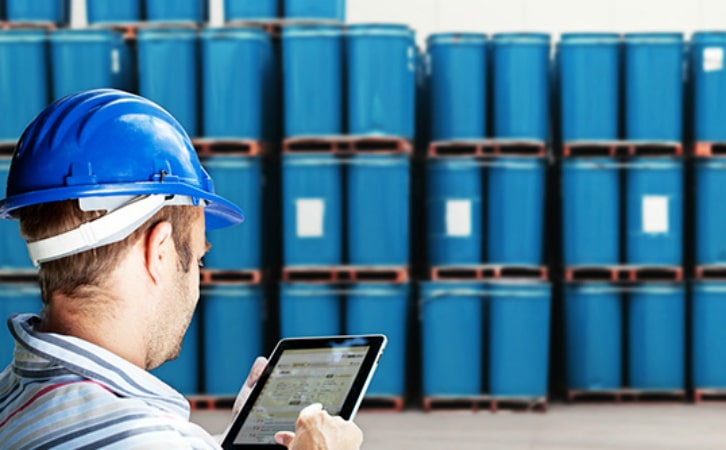OSHA and PHMSA recently hosted a public meeting to discuss proposed changes and updates to the GHS in preparation for the 37th session of the United Nations Sub-Committee of Experts on the Globally Harmonized System of Classification and Labelling of Chemicals (UNSCEGHS).
During the meeting, OSHA accepted stakeholders’ comments on a series of working papers that are scheduled for discussion during the UNSCEGHS meeting on July 8-10, 2019 in Geneva, Switzerland. The working papers cover a variety of GHS and hazard communication-related topics ranging from material testing methods for chemical hazard classification, revisions to hazard classification criteria, updates on the sub-committee’s efforts to develop a global list of chemicals classified in accordance with the GHS, and minor editorial changes to a number of existing provisions.
Digitizing Chemical Safety Information
One of the more interesting working papers discussed during the OSHA meeting concerned the growing use of digital technologies for accessing and communicating chemical safety and hazard information. Working paper UN/SCEGHS/37/INF.7 (CEFIC) Thought starter on digitalisation of hazard information for chemical products directs the sub-committee’s practical labelling issues working group to:
- Review the existing digital means of communication that can be used to convey GHS hazard information to users (e.g. electronic label, QR code etc.)
- Consider the development of general principles and criteria on the provision of [chemical] information digitally
- Develop guidance and examples wherever appropriate. This can also include an assessment of backup solutions for users who are unable to connect to digital information
In other words, the UNSCEGHS is evaluating the feasibility of integrating electronic labels and other digital hazard communication technologies into future revisions of the GHS.
According to the working paper, potential benefits of digitalization include:
- the ability to provide information in multiple languages and font sizes that can be adapted to meet a user’s needs/preferences
- filter/search options that allow rapid identification of desired information
- access to valuable supplemental safety information such as safe use instructions or other information not typically required on container labels
- automatic updates to chemical information as it becomes available (i.e. new hazard information)
- the ability to supplement limited information provided on physical labels for very small packages
Many stakeholders attending the OSHA meeting responded positively to the potential benefits of digitalization. Specifically, they discussed the value of making supplemental label information more easily accessible, and providing other language versions of labels digitally beyond the language that’s required to appear on the labels to help meet the multi-lingual needs of their workplaces.
However, other stakeholders expressed reservations about digitalization. During the meeting, Maureen Ruskin, Deputy Director of OSHA’s Directorate of Standards & Guidance, stressed the importance of having immediate access to the chemical safety information provided on container labels, and that requiring workers to go elsewhere to obtain that information could add additional steps to that process.
It will be interesting to see what develops as the UNSCEGHS considers the issues of digitalization during its 37th session. For updates, and to receive the latest chemical management news and best practices, be sure to subscribe to the VelocityEHS Blog.
Let VelocityEHS Help!
When it comes to digitizing chemical safety information, chemical management solutions from VelocityEHS are the state-of-the-art. For more than 20 years, we’ve been designing innovative technology aimed at helping businesses manage, track and report on hazardous chemicals and provide workers with right-to-know access to safety data sheets and labels. Our SDS / Chemical Management Mobile App even allows users to scan QR codes, barcodes and UPC codes to instantly access SDS and label information right from their mobile device, even when they’re offline.
To see how VelocityEHS can help you ensure chemical safety and compliance, and prepare your workplace for future changes to GHS and HazCom, Request a Demo or Contact Us today for more information.
